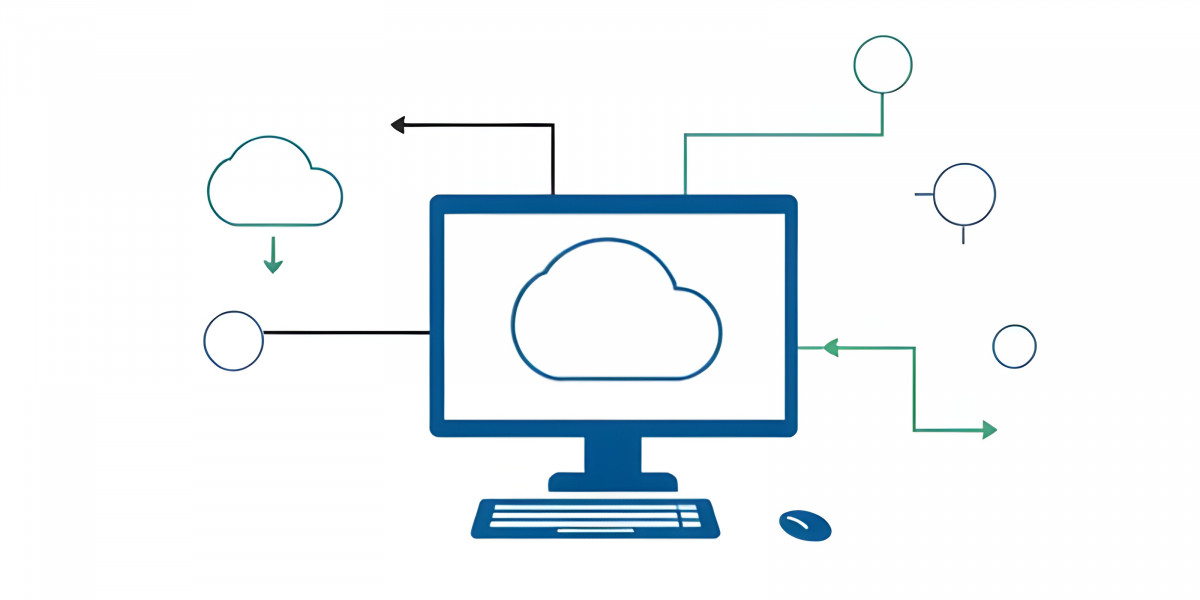Free RDP Servers: Unlocking Remote Access Potential
In today’s digital landscape, the ability to access your desktop remotely has become essential for many individuals and businesses alike. Remote Desktop Protocol (RDP) facilitates this connection, allowing users to manage and manipulate their computers from anywhere. For those seeking to leverage this technology without incurring costs, free RDP servers offer a viable option.
What are Free RDP Servers?
Free RDP servers provide users with the ability to connect to a virtual desktop environment without the financial commitment typically associated with premium services. These servers allow users to run applications, access files, and perform tasks remotely, making it easier to work from various locations. While they might come with certain limitations, such as reduced resources or time constraints, free RDP servers can still be highly beneficial for many users.
The Rise of Remote Work
The COVID-19 pandemic accelerated the trend toward remote work, highlighting the importance of reliable technology that enables seamless connectivity. As businesses adapted to this new reality, the demand for remote access solutions surged. Free RDP servers emerged as a practical solution for individuals and small enterprises that might not have the budget for more expensive options. Understanding the functionality and advantages of these servers can help users make informed decisions.
Advantages of Using Free RDP Servers
Cost-Free Access: The most obvious benefit is the cost. Free RDP servers eliminate the need for expensive licenses, allowing users to explore remote desktop capabilities without financial constraints.
Accessibility: Users can access their desktops from anywhere with an internet connection. Whether working from home, a coffee shop, or while traveling, RDP provides flexibility and convenience.
No Need for Physical Hardware: Free RDP servers allow users to utilize high-performance computing resources without investing in powerful physical machines. This is especially valuable for those who require intensive computational power for software testing or data processing.
Remote Collaboration: Free RDP servers facilitate collaboration among team members by allowing multiple users to access the same desktop environment. This enables real-time sharing of applications and files, enhancing teamwork.
Learning Opportunities: For students and budding IT professionals, Free RDP Server can serve as a hands-on learning tool. Users can experiment with different operating systems and software configurations, gaining valuable experience.
Common Use Cases for Free RDP Servers
Software Development and Testing: Developers can test applications in various environments without needing multiple physical machines. For instance, they can simulate different operating systems or configurations to ensure compatibility.
Educational Resources: Students can access specialized software applications that may not be available on their personal computers. For example, a student studying graphic design can use advanced design software via RDP without the cost of purchasing expensive licenses.
Temporary Projects: Freelancers can utilize free RDP servers to work on short-term projects without setting up a dedicated workstation, making it easier to adapt to changing workloads.
Data Recovery and Backup: In case of a hardware failure, users can access critical files stored on a virtual server. This helps maintain workflow continuity while repairs are made to physical devices.
Remote Customer Support: IT professionals can use RDP to provide remote support by accessing clients’ computers, troubleshooting issues, and performing necessary updates without being physically present.
Challenges of Using Free RDP Servers
While free RDP servers offer enticing benefits, there are challenges that users should be aware of:
Resource Limitations: Free servers often come with restrictions on CPU, RAM, and storage. This can impact performance, especially when running resource-intensive applications.
Session Time Limits: Many free RDP providers impose time limits on sessions. Frequent disconnections can disrupt workflows and lead to lost progress.
Security Concerns: Free services may not offer the same level of security as paid alternatives. Users should be cautious about sensitive data and ensure proper security measures are in place.
Unreliable Performance: Free services may suffer from inconsistent uptime and performance. Users may experience slow connection speeds or frequent downtime, which can hinder productivity.
Limited Support: Users of free RDP servers may find that customer support is minimal or non-existent, making it challenging to resolve issues that arise.
Key Features to Consider
When exploring free RDP servers, it’s important to consider several key features to ensure a positive experience:
Session Durability: Look for providers that offer longer session durations to minimize interruptions during work.
Resource Allocation: Assess the amount of memory and processing power allocated to your session. Adequate resources are essential for running applications smoothly.
Security Protocols: Ensure the server provider implements necessary security measures, such as encryption and secure login processes, to protect your data.
User Experience: Evaluate the overall user experience, including ease of navigation and the availability of helpful resources or guides.
Community Feedback: Research user reviews and feedback to gauge the reliability and performance of the free RDP server you are considering.
Getting Started with Free RDP Servers
Assess Your Requirements: Determine what you need from an RDP server. Are you looking for remote access to specific applications, or do you need a general-purpose desktop environment?
Research Options: Identify potential free RDP servers that fit your criteria. Compare features, resource limitations, and user feedback to narrow down your choices.
Create an Account: Most services will require you to create an account. This process typically involves providing basic information and verifying your identity.
Connect to the Server: Follow the provider’s instructions to establish a connection to the server. This may involve downloading a remote desktop client application or using built-in functionalities on your operating system.
Explore the Environment: Once connected, get familiar with the desktop environment. Test out applications and understand the layout to maximize your productivity.
Maximizing Your Free RDP Experience
To make the most of your free RDP server, consider these tips:
Optimize Resource Usage: Be mindful of resource-intensive applications. Use lightweight alternatives when possible to maintain performance.
Regularly Backup Important Data: Always back up your critical work. In the event of a session drop or server issue, having backups will ensure your work is safe.
Utilize Secure Connections: Whenever connecting to an RDP server, use a secure and trusted network to mitigate risks of data breaches.
Stay Updated: Keep an eye on updates or changes from your provider, including any new features or changes to service terms.
Consider Future Needs: If your usage grows or you require more resources, explore transitioning to a paid service that offers enhanced features and support.
Conclusion
Free RDP servers present a golden opportunity for users to explore remote desktop access without any costs involved. From empowering students to providing essential tools for freelancers, the applications are vast. However, being aware of the limitations and challenges is crucial for a successful experience. By understanding your needs, researching options, and implementing best practices, you can unlock the full potential of free RDP servers and enhance your remote working capabilities. Whether you’re a developer, student, or remote worker, embracing this technology can significantly impact productivity and collaboration in our increasingly connected world.








